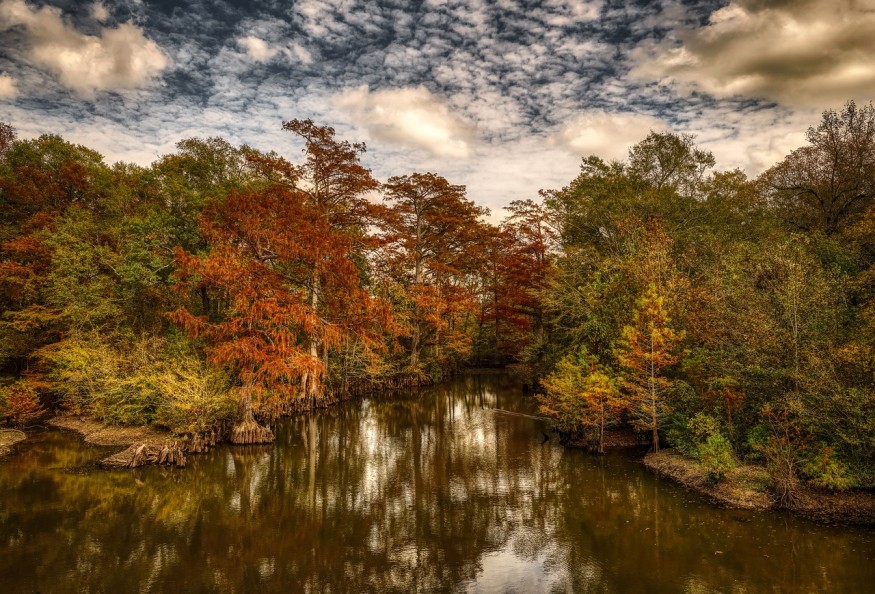
Almost 60,000 years ago, just as pre-historic humans started radiating out from Africa, a cypress tree forest thrived along riverbanks near the area of the Gulf of Mexico. When its trees died, they became buried under the sediment, and as the sea level once again rose, the waters covered what remained of the ancient forest.
In Hurricane Ivan's rampage in the Gulf Coast in 2004, the sediment and seabed entombing the forest were swept. This event exposed the ancient forest, which is currently located 60 feet below the water surface in Mobile Bay off the coast of Alabama. Chas Broughton, a dive shop owner, discovered the forest and invited an environmental journalist and scientists to study it.
Scientists think that it holds the secret to the creation of new medicines. According to the National Oceanic & Atmospheric Administration (NOAA), this ancient forest has remained undisturbed for thousands of years. They published their discovery in their Ocean Exploration & Research website.
Among the first scientists on the site were Dr. Kristine DeLong from the Louisiana State University (LSU); marine scientist Robin Cobb from LSU; and Dr. Grant Harley, a dendrochronologist from the University of Southern Mississippi. They collected samples of the trees for analysis to determine what type of environment the forest was in, as well as provide a basis for climate reconstruction during that time.
When the tree samples were cut and analyzed, a tree sap that was tens of thousands of years old was found still intact within it. Upon cutting, its resin still permeated the air. The growth rings and wood fibers were still visible. According to Harley, the cells were more uniform in size than those of modern cypress trees, and the growth rings were narrower, indicating a very different environment then, which may be colder than our current climate. According to DeLong, radiocarbon dating has put the wood's age at 40,000-45,000 years old.
Last December, scientists from the University of Utah and Northeastern University conducted an NOAA-funded expedition. Northeastern University marine and environmental sciences professor Brian Helmuth found that the trees still had intact internal coloration. They were very well preserved even for their age from being buried under sediment layers that prevented oxygenation and decomposition.
Northeastern University Marine Science Center senior lab manager Francis Choi looked at organisms that were buried within and lived on top of the wood. They found over 300 ancient animals. Shipworms, in particular, got scientists interested because it contained previously undiscovered bacteria at least 60,000 years old. Shipworms are clams that feed on and convert wood to animal tissue.
They found one hundred bacterial strains from the shipworms, many of which were novel. The scientists DNA-sequenced twelve of them to determine their potential for the creation of new drugs.
According to NOAA, past studies in shipworm bacteria have resulted in producing one or more antibiotics for possible treatment against parasites. University of Utah medicinal chemistry research professor Margo Haygood has told CNN that the bacteria are being screened for likely pain and anti-cancer drugs, antimicrobial activity, and possibly anti-viral drugs.
NOAA said that scientists would also study the samples for possible insights in textile, paper, food, renewable fuel, animal feed, and fine chemical production. The COVID-19 pandemic has postponed dives back to the forest site, but Haygood and her team will continue studying the samples for possible publication within one year. Choi and his team are also working on putting unmanned robots underwater to provide images to share with the world.
© 2025 NatureWorldNews.com All rights reserved. Do not reproduce without permission.





